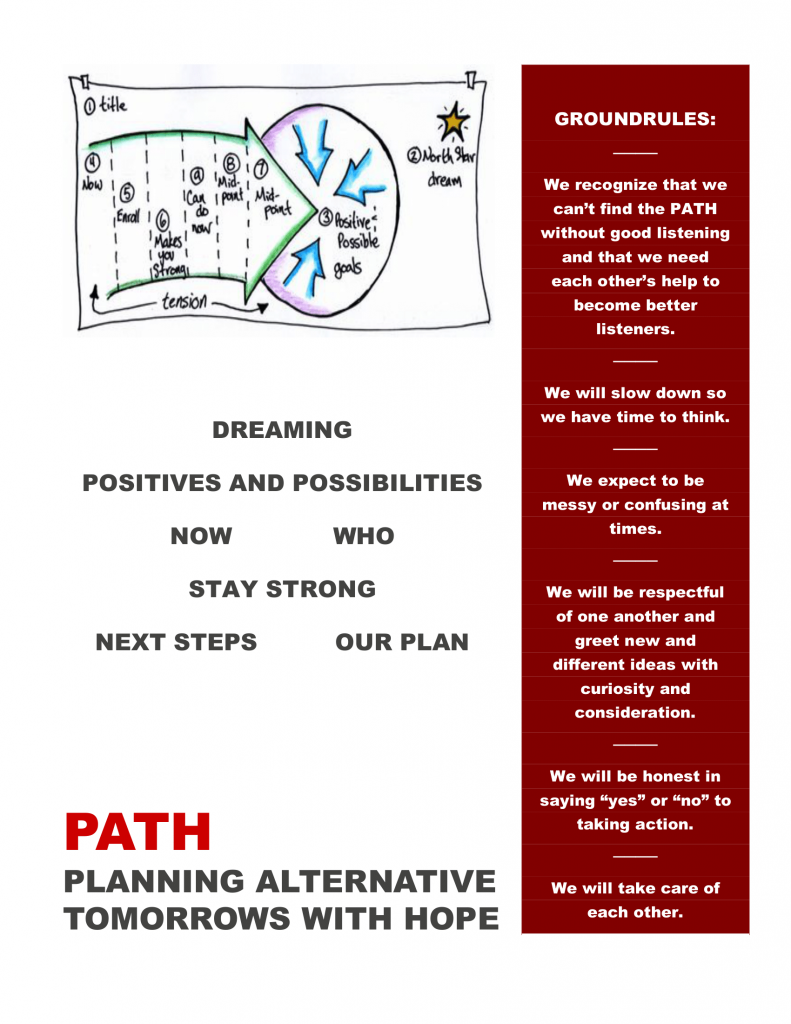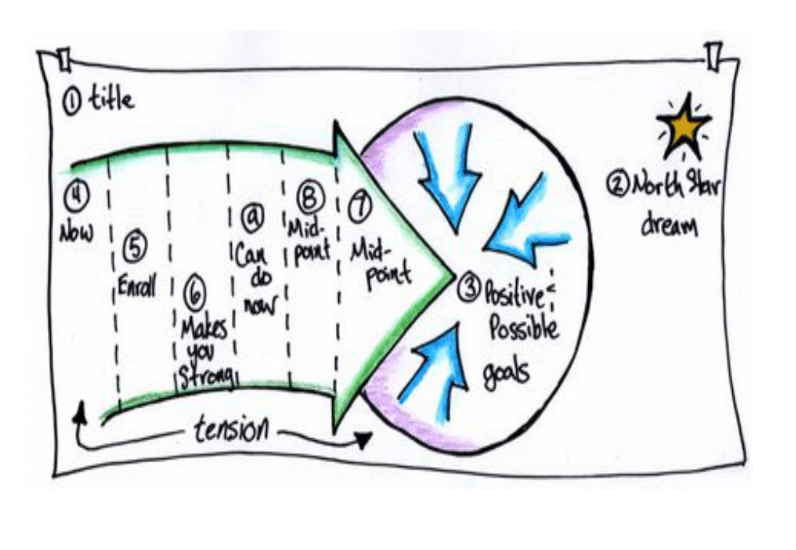High School to Adult Services
– Compiled by POPDB Consultants Sheila McInstosh and Jane Sikorski (retired)

Three Years in Advance: (Around 14-15 years)
- Formation of transition team: Establish key contacts – transition coordinator.
- Determine key members for your transition team: student, parents/family/caregivers, Intervenor, school personnel, supporting professionals, Canadian Deafblind Association. Child and Youth Special Needs Social
- Worker (MCFD).
- If the student qualifies for CLBC services, a CLBC Facilitator may join the team when the student is approximately 16 or 17 years old.
- Confirm date of graduation – check with the school district to see what the policy is regarding bonus year(s)
- Encourage the parent to contact MCFD:
- Child and Youth Special Needs Worker
- Do a Path or Maps – a vision statement: dreams and hope for the future (There may be staff in the district who are trained with Path/Maps. The Navigator program and CDBA-BC can facilitate these as well).
- Identify goals, concepts, skills required for post-school years – build into IEP at this point
- Explore work or volunteer opportunities
- Encourage the family to begin exploring financial supports such as Disability Assistance (PWD), Disability Tax Credit, Registered Disability Savings Plan
Two Years in Advance: (Around 16 years)
- Regular Transition Team Meetings
- Complete Application for Community Living Services (CLBC) (at age 16). CLBC will determine eligibility for services.
- Contact STADD: Services to Adults with Developmental Disabilities (at age 16) if this exists in the area of BC where the student lives: (Currently in Abbotsford, Burnaby/New Westminster, Courtenay, Delta, Haida Gwaii, Surrey, Kamloops, Langley, Merritt, Nanaimo, Prince George).
- Ensure the student has a government I.D. and a Social Insurance Number.
- Further development of IEP goals with strategies and skills will be needed for adult services.
- Assessment of Student’s Current Level of Functioning: Psychoeducational Assessment
- (Psych Ed) – for CLBC this needs to be less than five years old on completion of school.
- Create Profile – likes, dislikes, motivators, communication styles
One Year in Advance: (Around 17-18 years)
- Monthly transition team meetings.
- At age 17.5, encourage individuals or families (on behalf of their child) to apply for income assistance (PWD). This will begin at age 18.
- Encourage the family to arrange vision and hearing appointments and assessments; updated reports will be needed to access services.
- Residential Options: discuss housing needs with CLBC.
- Discuss and explore day programs, work, or educational settings with CLBC.
- Work Placement: continued focus on work and volunteer experience.
- Transition to a new setting (six-month transition plan): If possible, the best-case scenario would be;
- Four to Six months in advance: monthly visits to a new facility.
- Four to Two months in advance: weekly visits.
- Two Months to One Month in advance: twice-weekly visits.
- One month: increasing from two visits per week to daily visits.
- Determine Intervenor and school involvement in these transition visits to a new placement.
- Permission will be required from the school principal for Intervenor to be working with the student off-site for extended periods of time.
- Discuss training of staff at the new setting. Ensure that CLBC considers extra funding for staff training both at the beginning of new placement and on-going. CDBA-BC is able to do some training of staff at day programs, educational settings.
- Once a new program is identified, encourage their staff to observe students in a school setting. For continuity, videotape routines – pass the video on to new staff.
- Representation agreement should be done in the student’s last year at school: CDBA-BC can facilitate this for students that POPDB supports.
